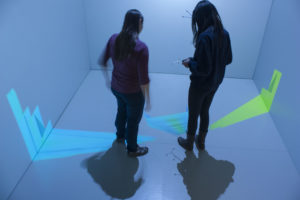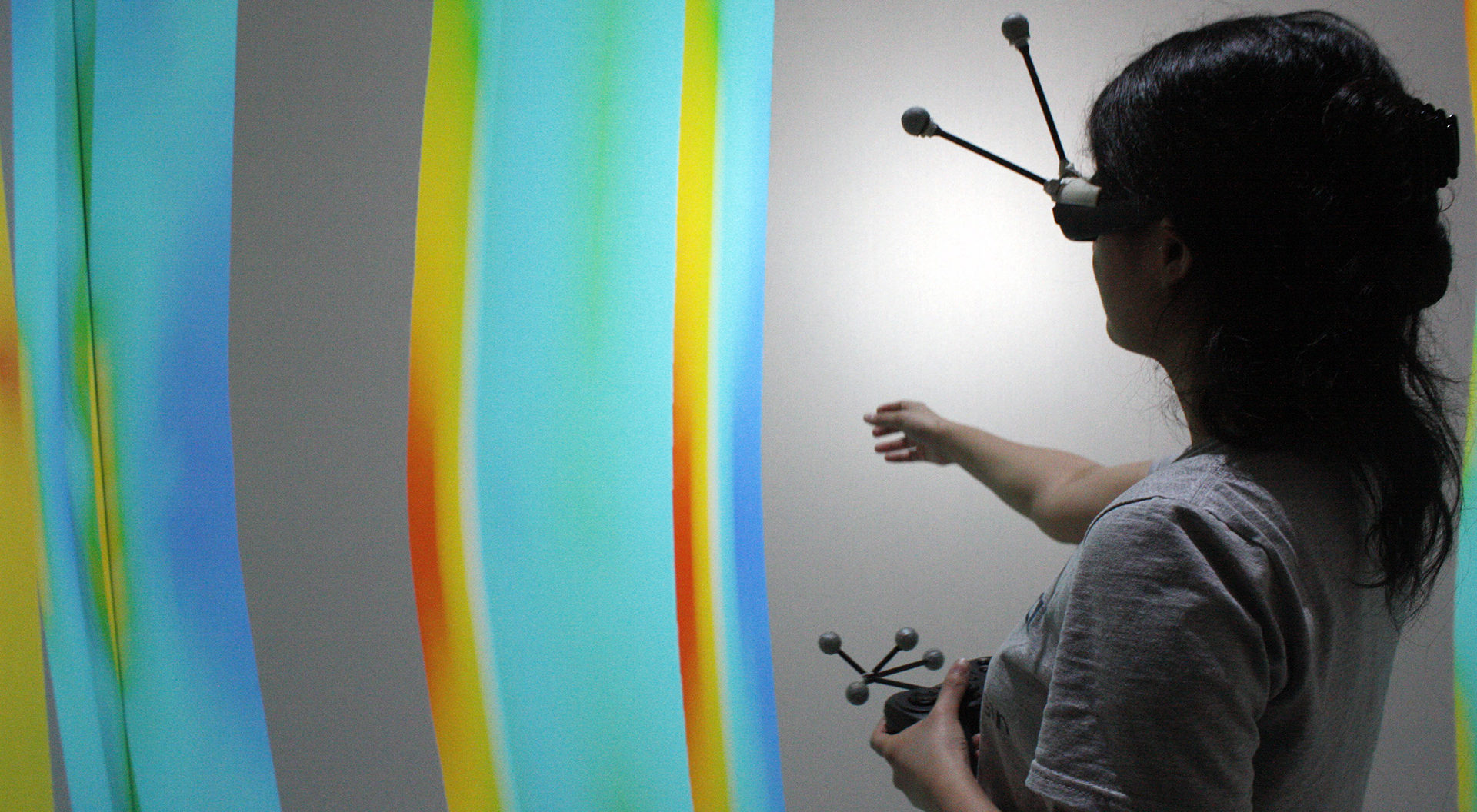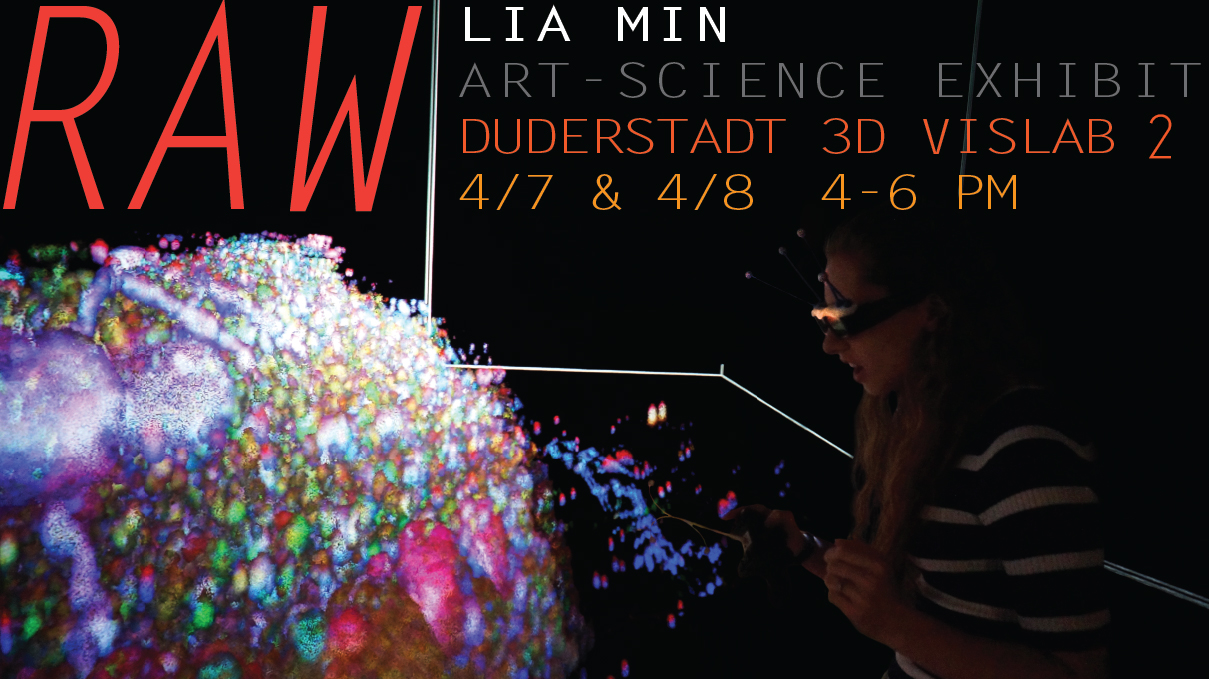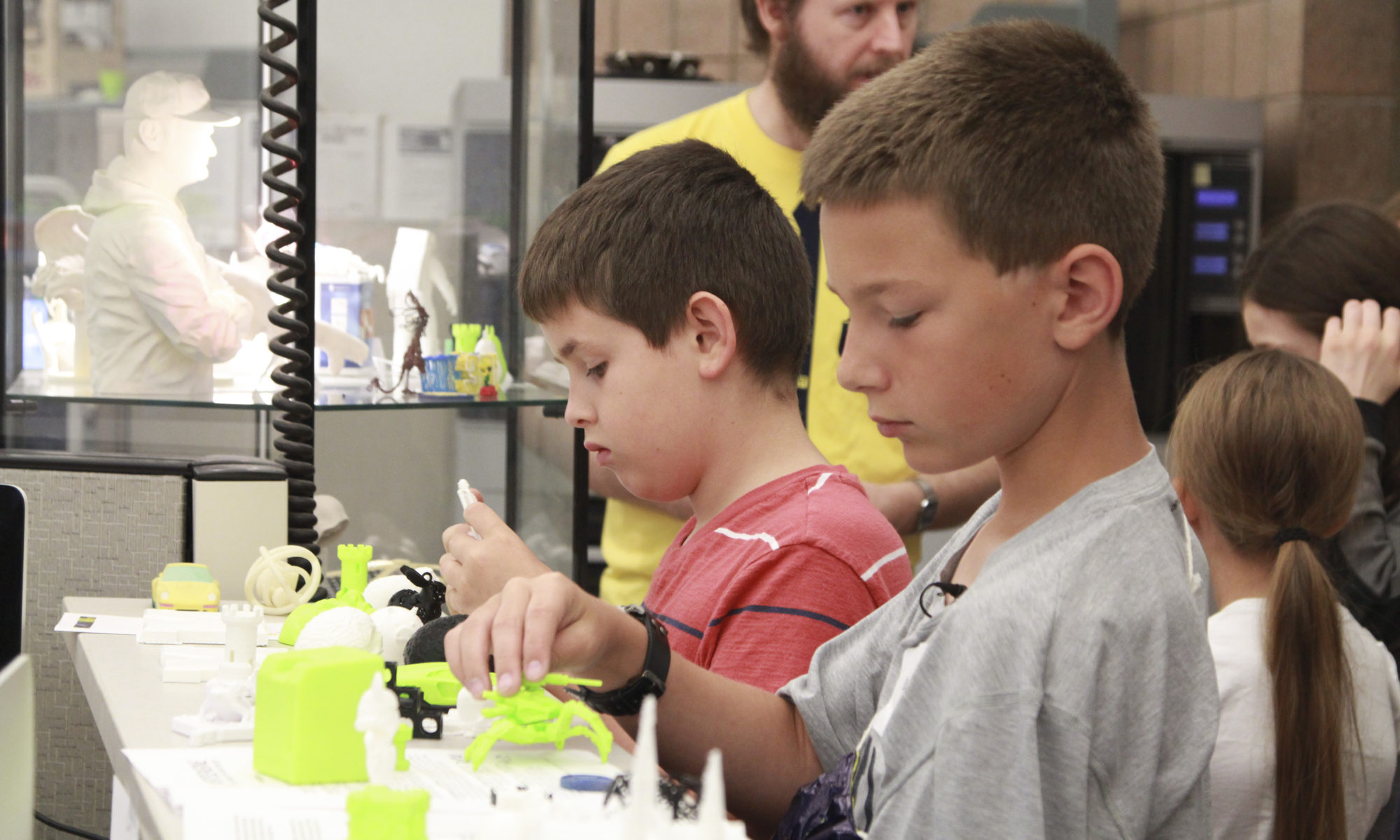Steel Structures – Collaborative Learning with Oculus Rift

Civil & Environmental Engineering: Design of Metal Structures (CEE413) uses a cluster of Oculus Rift head-mounted displays to visualize buckling metal columns in virtual reality. The cluster is configured in the Duderstadt Center’s Jugular software so that the instructor leads a guided tour using a joystick while three students follow his navigation. This configuration allows the instructor to control movement around the virtual object while students are only able to look around.
 Developed in a collaboration with the Visualization Studio, using the Duderstadt Center’s Jugular software this simulation can run on both an Oculus Rift or within the MIDEN.
Developed in a collaboration with the Visualization Studio, using the Duderstadt Center’s Jugular software this simulation can run on both an Oculus Rift or within the MIDEN.










